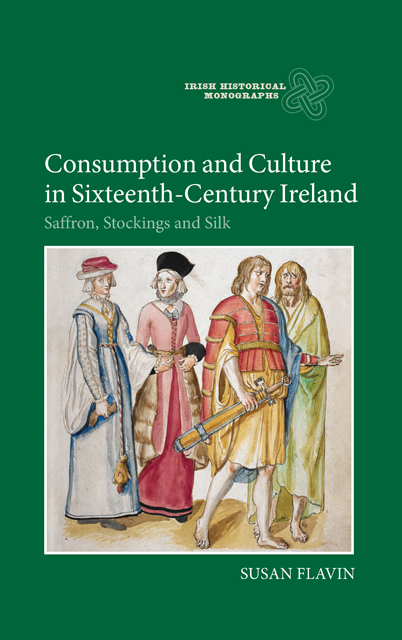7 - Food, Drink and Society
Published online by Cambridge University Press: 24 February 2023
Summary
Food and drink are not only vital for human sustenance and reproduction, they are also intrinsic to social, cultural and economic development. Yet, apart from in the areas of production and agriculture, historians have traditionally had very little to say about this area of consumption and material culture. In recent years, however, both the social and cultural significance of food and drink have begun to receive significant historiographical attention. According to Edward Muir: ‘No rituals are more widely practiced, more formative of social identity or more differentiating of social groups than the daily habits of dining. The distinction between eating merely to consume food and dining as a form of sociability inhabits the very core of what we call culture.’ Likewise, Andrew Sherratt has written:
Food and drink are the most fundamental, if short lived, media of material culture. The serving and sharing of these essential elements make up one of the central daily activities of the human domestic group … the consumption of food is a paradigm for understanding the consumption of other materials, goods and services. Its constant physical necessity, and the variety of experiences which it encompasses, make it an especially useful medium for apprehending the ways in which societies and cultures are constituted and the manner in which they change.
The growing interest in the material culture of food and drink has begun to influence studies of early modern Europe and England. In common with the current historiography of dress, recent efforts in this area have begun to acknowledge the sixteenth century as a period of very important changes in consumer demand and taste. European voyages of discovery to the ‘new worlds’ in the Americas, Africa and Asia brought travellers, merchants and administrators into direct contact with new foods and culinary practices. At the same time, the growth of international trade and intercultural contact entailed by these new encounters made Europeans aware of many new foodstuffs and other consumables, while the desire to profit from expanding overseas trade encouraged the development of new markets. Other developments also impacted on diet. Renaissance humanist writers opened up a range of debates regarding what – and indeed how – to eat; table manners became formalised and more elaborate; and the printing press made both culinary and courtesy literature available to mass audiences.
- Type
- Chapter
- Information
- Consumption and Culture in Sixteenth-Century IrelandSaffron, Stockings and Silk, pp. 143 - 147Publisher: Boydell & BrewerPrint publication year: 2014

